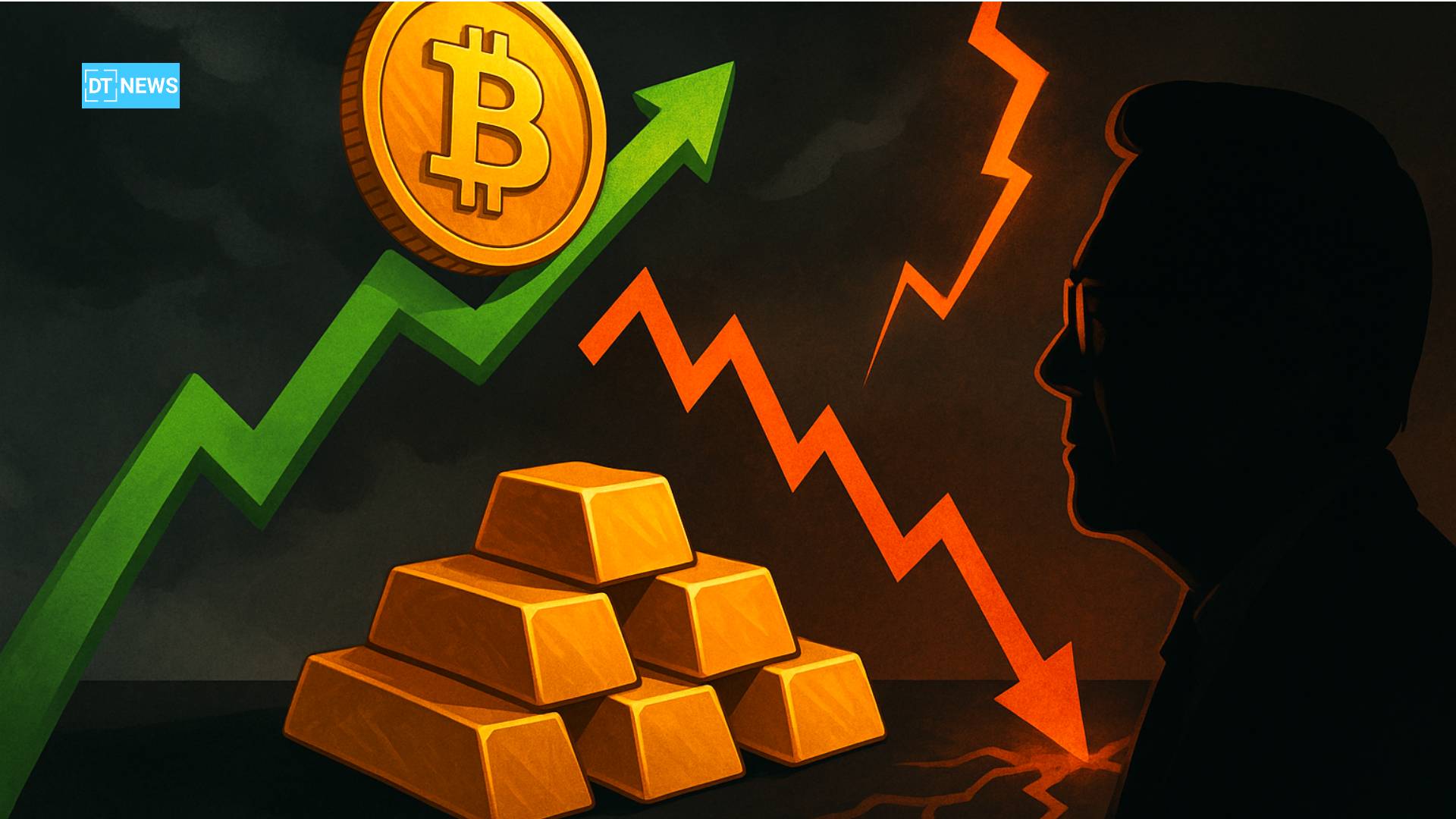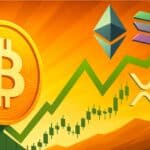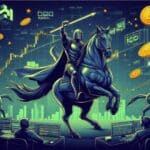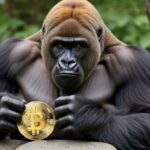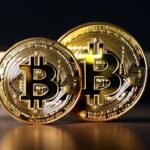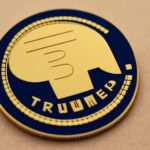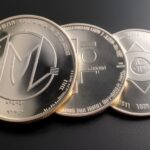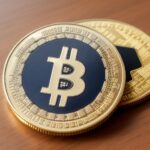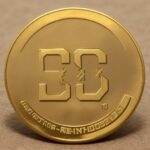Robert Kiyosaki, author of Rich Dad Poor Dad and one of the world’s most outspoken financial educators, has issued his most dire economic forecast yet. In a recent statement, Kiyosaki warned of an imminent global financial meltdown, calling it the “biggest crash in world history.”
- Bitcoin Over Gold: Robert Kiyosaki’s New Investment Philosophy
- Crash Preparation: Fiat Collapse and Inflation Fears
- BTC vs. Gold: Comparing Crisis Assets
- Kiyosaki’s Audience: The Next Wave of Crypto Adoption?
- The Bigger Picture: Why This Matters for Bitcoin
- Will Bitcoin Replace Gold as the Go-To Hedge?
- Conclusion: Prepare Now or Regret Later?
- FAQs
- Why does Robert Kiyosaki prefer Bitcoin over gold?
- What economic indicators is Kiyosaki watching?
- Is this just a scare tactic or a real concern?
- Glossary of Key Terms
Citing key indicators such as collapsing car sales, weakening housing demand, and plunging retail activity, he believes central banks’ excessive money printing has destabilized fiat economies.
“The Fed keeps printing money, and every time they do, your dollar is worth less. We’re heading into a massive collapse,” Kiyosaki said. “It won’t be just a recession — it will be a depression.”
Bitcoin Over Gold: Robert Kiyosaki’s New Investment Philosophy
Historically a gold advocate, Kiyosaki is now increasingly bullish on Bitcoin as the superior safe haven asset. While he continues to support holding physical gold and silver, he now views Bitcoin as a more powerful hedge — especially in the digital era.
“I like gold, I like silver. But I love Bitcoin. It’s borderless, decentralized, and finite. Gold is great — Bitcoin is better.”
Robert Kiyosaki’s argument centers around Bitcoin’s capped supply of 21 million coins, its permissionless structure, and its growing adoption by institutions and sovereigns as a store of value.
Unlike gold, which has been manipulated by central bank reserves and paper ETFs, Bitcoin lives entirely outside the traditional system — a feature that resonates with Kiyosaki’s long-held libertarian views on financial independence.
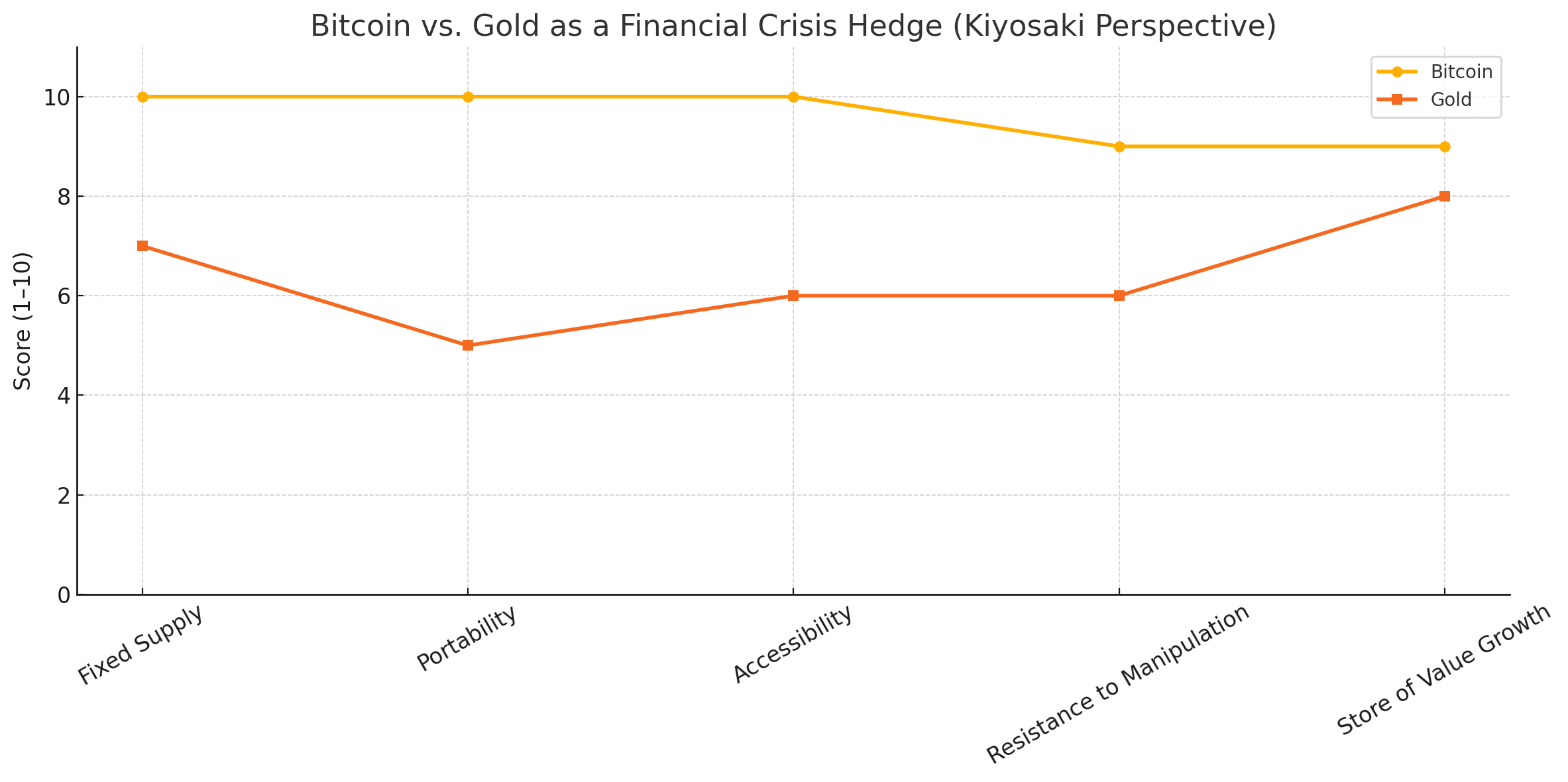
Crash Preparation: Fiat Collapse and Inflation Fears
At the heart of Robert Kiyosaki’s concern is the devaluation of fiat currencies due to central banks’ monetary policies, especially in the U.S.
He argues that hyperinflation is already underway, masked by consumer debt and manipulated CPI indexes. As the cost of living rises and asset bubbles inflate across the board, average savers and retirees are left vulnerable.
“People are still trusting their banks and government. That’s a mistake. When the crash hits, those who don’t hold Bitcoin or hard assets will be wiped out.”
Kiyosaki has long advised building portfolios based on real, non-paper assets — real estate, precious metals, and now, Bitcoin. He sees BTC as digital real estate and the only truly decentralized hedge available to retail investors.
BTC vs. Gold: Comparing Crisis Assets
| Feature | Bitcoin | Gold |
|---|---|---|
| Supply Limit | 21 million coins (fixed) | Technically infinite (minable) |
| Storage | Digital wallets (secure) | Physical vaults (costly) |
| Accessibility | 24/7 global market | Limited market hours |
| Portability | Instantly transferable | Requires physical movement |
| Inflation Response | Deflationary by design | Historically inflation hedge |
| Institutional Growth | Rapidly rising (ETFs, ETFs) | Stabilized |
While gold continues to hold value as a traditional hedge, Bitcoin’s programmable scarcity and superior mobility make it increasingly appealing to investors preparing for systemic shocks.
Kiyosaki’s Audience: The Next Wave of Crypto Adoption?
With over 11 million followers across platforms, Kiyosaki’s words carry weight, especially among conservative investors skeptical of traditional finance. His pivot from gold maximalism to Bitcoin advocacy could serve as a gateway for older, risk-averse demographics to explore digital assets.
Moreover, his message resonates with younger generations already disillusioned by inflation, student debt, and stagnant wages. Bitcoin, for them, represents a system built outside of elite control.
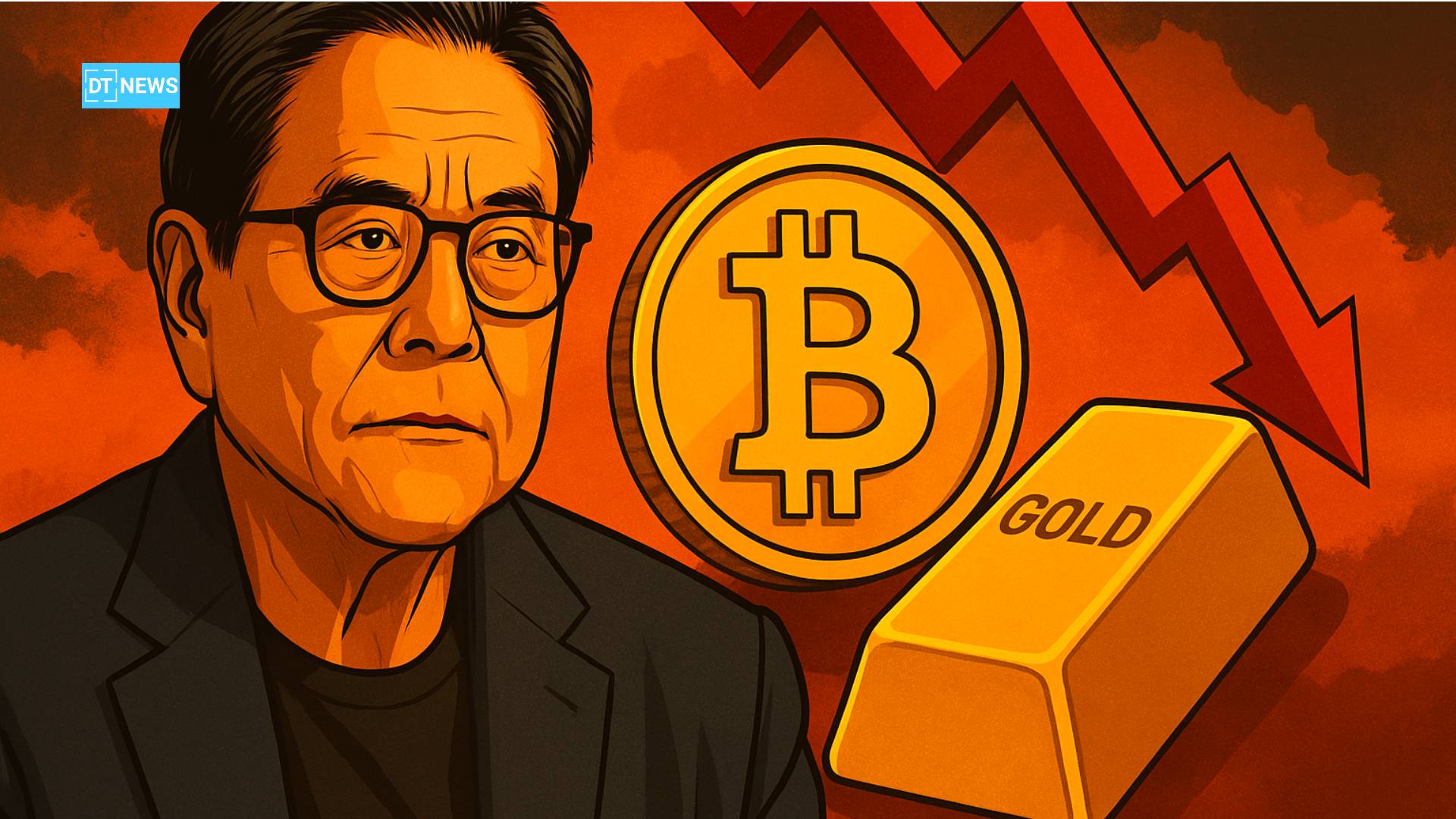
The Bigger Picture: Why This Matters for Bitcoin
Robert Kiyosaki’s latest call doesn’t just amplify crypto narratives — it reflects a larger financial awakening. As governments struggle with debt ceilings, currency debasement, and public trust, more thought leaders urge investors to opt out of fiat reliance.
In this climate, Bitcoin isn’t just an investment — it’s insurance.
“You don’t buy Bitcoin to get rich,” Kiyosaki said. “You buy Bitcoin so you’re not poor when the system fails.”
His statements echo those of Michael Saylor, Cathie Wood, and even Larry Fink, who have all shifted positions toward embracing Bitcoin in long-term portfolio strategies.
Will Bitcoin Replace Gold as the Go-To Hedge?
It’s a bold claim — and one that’s gaining traction.
With the approval of multiple Bitcoin ETFs, corporate balance sheet exposure, and increasing sovereign interest from countries like El Salvador and Argentina, the BTC narrative is evolving from speculative gamble to macro hedge against instability.
While gold still plays a role, it may no longer be the king of crisis assets. For Kiyosaki and a growing cohort of high-net-worth individuals, Bitcoin is the new digital gold.
Conclusion: Prepare Now or Regret Later?
Robert Robert Kiyosaki’s endorsement of Bitcoin is more than a celebrity quote — it’s a sign of shifting tides. As inflation erodes trust in fiat and economic risks multiply, the choice between traditional assets and decentralized options has never been more critical.
Investors watching the markets today face a binary decision: stay in a vulnerable fiat-dominated system, or move toward resilient, limited-supply assets like Bitcoin.
“This crash will be bigger than 2008,” Kiyosaki warns. “And this time, Bitcoin is your ark.”
FAQs
Why does Robert Kiyosaki prefer Bitcoin over gold?
Robert Kiyosaki believes Bitcoin offers better portability, supply control, and future upside compared to traditional gold, especially in a digital economy.
What economic indicators is Kiyosaki watching?
He points to falling car sales, collapsing housing demand, and rising debt as warning signs of an impending depression-level crash.
Is this just a scare tactic or a real concern?
While bold, Kiyosaki’s warning aligns with concerns voiced by economists and investors watching debt levels, inflation, and Fed policy distortions.
Glossary of Key Terms
Bitcoin (BTC): A decentralized digital currency with a fixed supply of 21 million coins. Often referred to as “digital gold,” it’s used as a store of value and inflation hedge.
Gold: A physical precious metal traditionally used as a safe-haven asset in times of economic uncertainty. It has been valued for centuries but lacks digital portability.
Fiat Currency: Government-issued currency not backed by a physical commodity like gold. Examples include the U.S. dollar (USD), Euro (EUR), and Japanese yen (JPY).
Inflation Hedge: An investment that is expected to maintain or increase in value over time, protecting purchasing power during periods of rising prices.
Crash Warning: A prediction or signal that the financial markets may experience a sharp, sudden decline due to systemic risks, bubbles, or economic instability.
Money Printing: A term used to describe central banks increasing the money supply, often linked to inflation and currency devaluation.
Sources and References
Robert Kiyosaki Official X Account (formerly Twitter)






































































































